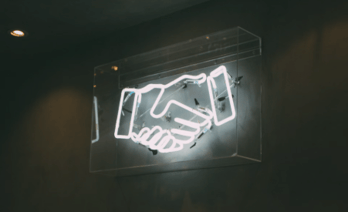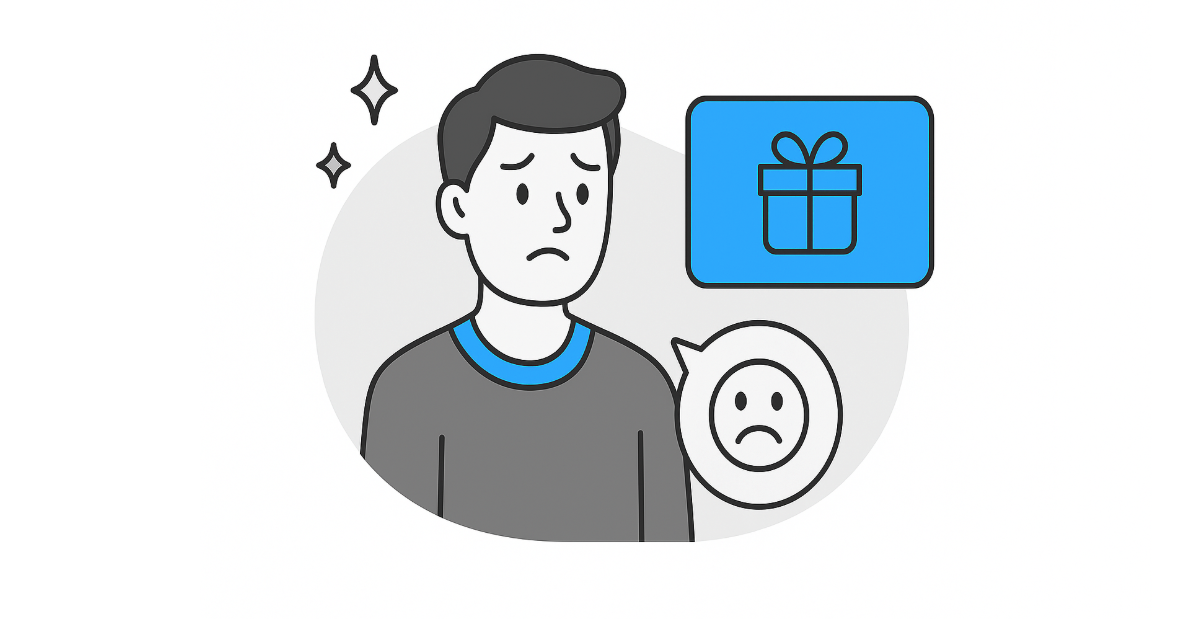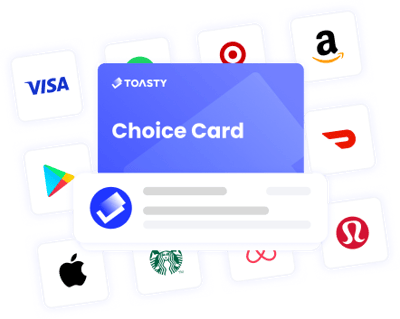It’s the moment every business owner and customer service manager dreads. A system fails, a package arrives late, a service doesn't meet expectations. The customer is upset, and they are letting you know about it—on the phone, via email, or on social media.
This single moment is a critical crossroads. It can be the moment you lose that customer forever, or, with the right strategy, it can be the moment you earn their loyalty for life.
Responding to a service failure is a process called "service recovery". It's the set of actions you take to move a customer from a state of dissatisfaction back to satisfaction. But a truly effective strategy goes beyond a simple apology. It requires a swift, empathetic, and tangible response. In today's fast-paced digital world, customer service recovery gifts have become a cornerstone of this strategy, allowing businesses to instantly make amends and turn a negative experience into a positive one.
This article explores the high cost of not having a recovery plan, the psychology of a successful apology, and how pairing it with an instant, flexible gift can dramatically reduce customer churn and even increase long-term loyalty.
The High Cost of a Bad Experience: Understanding Customer Churn
Customer churn is the rate at which customers stop doing business with you. It is one of the most dangerous and costly metrics for any company. Acquiring a new customer is five to 25 times more expensive than retaining an existing one. A high churn rate is a leaky bucket, draining your revenue and marketing budgets.
What is the number one driver of customer churn? A poor customer service experience.
In fact, more than 70% of customers report they would switch brands after just two poor service experiences. In the age of social media, the damage isn't limited to just that one lost customer. Disgruntled customers are highly motivated to share their negative experiences, leading to brand damage that can dissuade countless potential new customers.
Service recovery is your single best defense against churn. When a customer complains, they are not just venting; they are giving you a final chance to save the relationship. Ignoring this opportunity is like personally handing them over to your competition.
Beyond "We're Sorry": The Psychology of an Effective Apology
When a customer is upset, your first instinct is to apologize. This is correct, but not all apologies are created equal. A defensive, insincere, or vague apology can actually make things worse.
Research into the psychology of effective apologies shows that the most successful ones contain several key components. A simple "sorry for the inconvenience" won't cut it. A real apology must be an active, empathetic process.
Acknowledge and Validate
The first step is to show you were listening. Acknowledge the specific problem without getting defensive. Validate their feelings. Saying, "I understand you're frustrated that your package didn't arrive on the promised date" shows you "get it" on a human level.
Take Full Responsibility
This is the most critical element of any apology. Do not blame the shipping carrier, a "system glitch," or the customer. Even if the problem was technically out of your hands, the customer's relationship is with you. Take ownership of the failure. A simple, "You're right, we failed to meet that delivery promise, and I accept responsibility for that" is incredibly powerful.
Explain and Reassure
Briefly explain what went wrong (transparency builds trust) and, more importantly, what you are doing to fix it—both for them right now and to prevent it from happening again. This shows competence and a commitment to improvement.
Make Amends with an Offer of Repair
This is the final, crucial step that separates a weak apology from a powerful service recovery: the "offer of repair" or "atonement". After validating their feelings and taking responsibility, you must make things right. This is where tangible customer service recovery gifts transform the interaction from a conversation into a solution.
The "Service Recovery Paradox": Turning Failure into Loyalty

It seems counterintuitive, but a customer who experiences a service failure that is resolved exceptionally well can become more loyal than a customer who never had a problem at all.
This phenomenon is known as the Service Recovery Paradox.
Why does this happen? A problem-free experience is just the status quo. It's the bare minimum of what the customer expects. But when a problem occurs, you have a unique opportunity to prove your company's character. By responding with speed, empathy, and a generous "atonement," you demonstrate a deep commitment to customer satisfaction. You prove that you're reliable even when things go wrong, and this builds a level of trust that a smooth transaction can never achieve.
The key to triggering this paradox is to exceed the customer's expectations for the recovery. A sincere apology is the start, but the tangible gift is what makes the recovery memorable and exceptional.
The Old vs. New Way of Sending Customer Service Recovery Gifts

For decades, the "offer of repair" was a clunky, slow-moving process that often failed to have the intended effect.
The Old Way: Slow, Clunky, and Impersonal
The customer is angry now. The old recovery model was:
- "I've issued you a 10% discount, which you'll see on your next month's statement."
- "We will mail you a $15 voucher that should arrive in 7-10 business days."
- "Here is a promo code for free shipping on your next order."
These "solutions" are problematic. The value is delayed, which feels like a second frustration. The customer has to wait, or worse, is forced to spend more money with you just to get the value from their "apology." It feels cheap and fails to resolve the immediate emotional dissatisfaction.
The New Way: Instant, Personal, and Flexible
The key to a successful recovery is speed. The apology and the gift must be delivered instantly, while you still have the customer on the line.
This is where digital rewards have revolutionized service recovery. Instead of a vague promise of a future discount, you can say: "I am so sorry for this error. I am fixing it in our system right now, and I've also just sent a $25 gift card to your email for you to grab a coffee or lunch on us."
This is the power of instant customer service recovery gifts. You close the loop immediately, turning their frustration into surprise and delight in a matter of seconds.
The best solution is one that also offers choice. Sending a $25 Starbucks card is great... unless the customer doesn't drink coffee. This is where a flexible choice card becomes your most powerful tool. With Toasty Card, you can instantly email a branded, personalized gift, and the customer gets to decide where to redeem it. They can choose from hundreds of brands, including Visa, Amazon, DoorDash, or their favorite local retailer.
This eliminates the risk of "gifting wrong" and empowers the customer, which is the ultimate goal of recovery. They went from feeling powerless and frustrated to feeling heard and empowered.
Building a Modern Service Recovery Strategy
A great service recovery can't be an accident. It must be a deliberate, company-wide strategy.
Empower Your Frontline Team
Your customer service agents are on the front lines. The single most effective thing you can do is empower them to solve problems on the spot. Don't force them to say, "I have to ask my manager." Give them the tools and authority to resolve the issue, including the ability to send a pre-approved customer service recovery gift (like a $25 Toasty Choice Card) immediately. This turns your agents from "problem-passers" into "problem-solvers."
Personalize the Atonement
Don't just send a generic gift. Modern platforms like Toasty Card allow you to customize the entire experience. You can add your company logo, a branded landing page, and most importantly, a sincere, personalized apology message. This ensures the gift feels like a personal gesture, not an automated corporate rebate.
Track Your ROI to Stop Customer Churn
Service recovery isn't a cost center; it's a profit-retention center. A $25 gift that prevents a high-value customer from churning (and taking their lifetime value of thousands of dollars with them) is one of the best investments you can make.
Use a digital platform that provides analytics. Track how many gifts are sent, who redeems them, and (most importantly) that customer's future retention. You will quickly see a measurable, positive ROI from preventing customer churn.
Conclusion: Win Back Trust and Build Loyalty for Life
Service failures are inevitable. Customer churn is not.
Every complaint is an opportunity. It's your chance to prove your company's values, to build trust, and to turn an upset customer into a vocal, loyal advocate.
The formula is simple:
- Act fast.
- Give a sincere, responsible apology.
- Pair that apology with an instant, tangible, and flexible customer service recovery gift.
Don't just apologize for your next service failure. Fix it. Instantly. By empowering your team with modern tools like Toasty Card, you can transform your biggest problems into your most impressive wins.
Ready to build an instant service recovery program? Sign up for a free Toasty account or book a demo to see how to deliver instant, fee-free gifts that win back customers.
Frequently Asked Questions (FAQ)
What is service recovery?
Service recovery is the action a company takes in response to a service failure (like a late delivery or poor service) to resolve the customer's problem and convert them from dissatisfied to loyal.
Why is a gift better than just a discount on a future purchase?
A discount forces the customer to spend more money with you to get the value, which can feel insincere. An instant gift (atonement) is a tangible "offer of repair" that feels like a true apology and immediately resolves the negative emotion.
What makes a good apology?
The most effective apology includes a sincere expression of regret, an explanation of what went wrong, and, most importantly, a clear acknowledgment of responsibility.
How much should I spend on a customer service recovery gift?
This depends on the severity of the failure and the value of the customer. Many businesses empower their frontline teams with a set amount (e.g., $15-$50) that they can send instantly without approval. The goal is to exceed the customer's expectation for the recovery.
How can I send a customer service recovery gift instantly?
Digital reward platforms are the best way. Solutions like Toasty Card allow your service team to send a customized, fee-free digital gift directly to a customer's email in seconds, resolving the complaint on the very first call.



